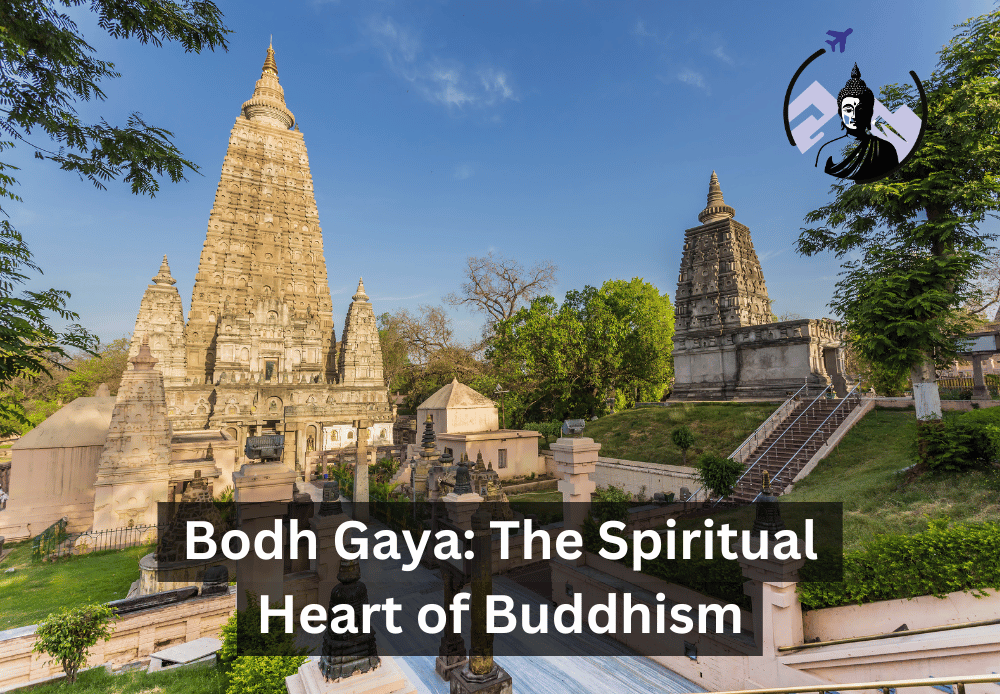Welcome to our exploration of Bodh Gaya – a place where history, spirituality, and serenity come together. Nestled in the heart of Bihar, Bodh Gaya is a destination of profound significance. It’s the very spot where Lord Buddha, also known as Siddhartha Gautama, attained enlightenment under the Bodhi Tree. Not just any tree, but one that’s believed to be a direct descendant of the very tree that shaded Buddha during his meditation. It’s no wonder that Bodh Gaya is a UNESCO World Heritage Site, a testament to its historical and spiritual importance.
Table of Contents
1. Historical Significance
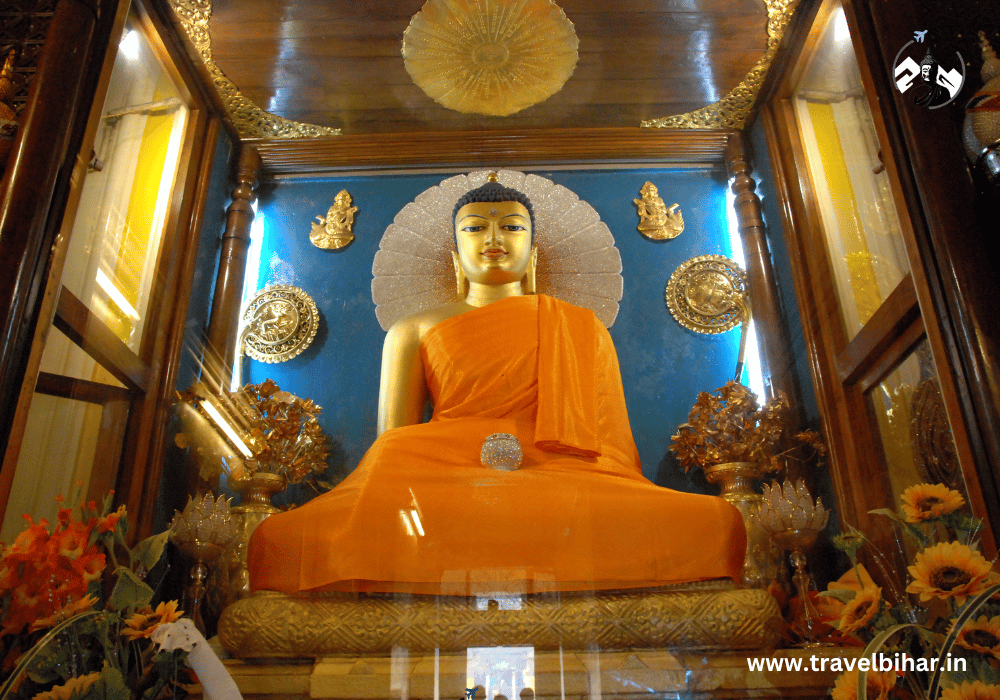
Bodh Gaya is worth visiting not only for its serene beauty but also because it holds an exceptional historical significance. This sacred town in Bihar, India, is where Prince Siddhartha Gautama, later known as Buddha, achieved enlightenment over 2,500 years ago. His profound journey of self-discovery and spiritual awakening has left an indelible mark on the world.
Siddhartha Gautama, born in Lumbini (now in Nepal), lived a life of luxury as a young prince. However, his quest for the meaning of life led him to renounce his princely life. He embarked on a spiritual journey, seeking answers to the human condition, suffering, and the path to inner peace.
The turning point in this journey came when Siddhartha, at the age of 35, sat under a sacred fig tree, which we now know as the Bodhi Tree, in Bodh Gaya. Here, he meditated tirelessly, facing the demons of doubt and temptation. After 49 days of unwavering contemplation, he finally achieved enlightenment. Under the Bodhi Tree, he gained profound insights into the nature of existence, and this moment marked the birth of Buddhism.
Bodh Gaya’s historical significance is not confined to just a sacred tree and a temple. It’s a place where an ordinary man, Siddhartha Gautama, transformed into an extraordinary spiritual leader, Buddha, offering the world a path to liberation from suffering. This place is a living testament to his remarkable journey, and its serenity and spirituality continue to inspire millions of visitors from around the globe.
So, when you think of exploring places that hold deep historical and spiritual value, Bodh Gaya is worth visiting for the enlightenment of both mind and soul. It’s a journey into the past, a connection to the roots of Buddhism, and a unique experience you won’t want to miss.
2. Mahabodhi Temple
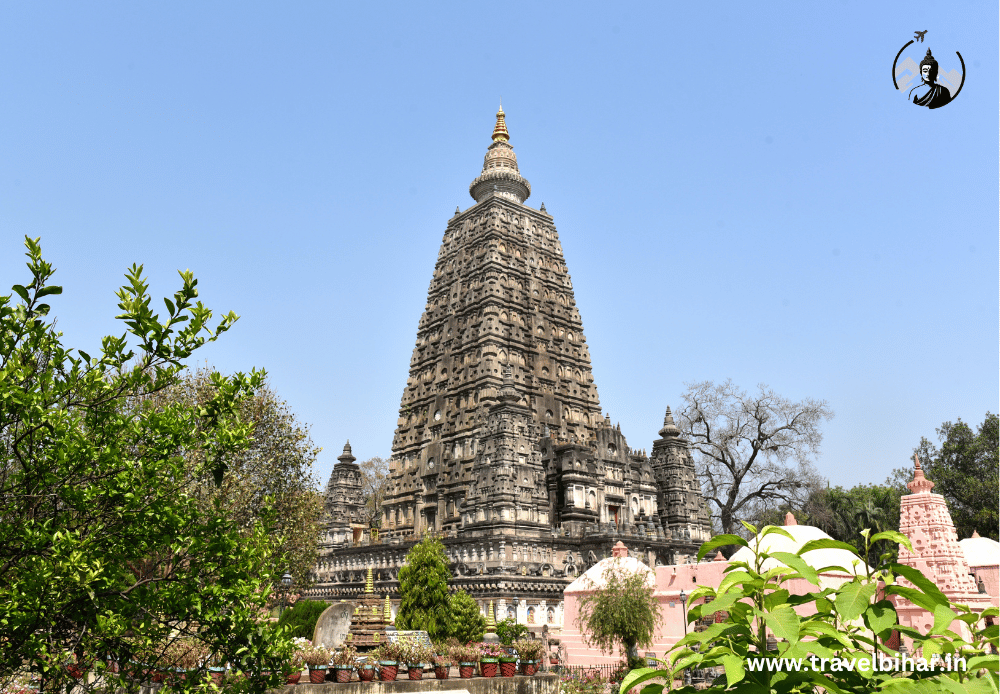
Welcome to our adventure through Bodh Gaya, the captivating land of non secular exploration. In this publication, we delve into the excellent Mahabodhi Temple, a sacred website that stands as a testimony to Buddhism’s profound historical past.
Architectural and Historical Significance:
The Mahabodhi Temple is more than only a shape; it’s a residing image of enlightenment. With its awe-inspiring architecture, it encapsulates the history and essence of Buddhism. This UNESCO World Heritage Site dates back to the 3rd century BC while Emperor Ashoka visited Bodh Gaya. The temple’s complicated layout functions in the classical Indian fashion, consisting of a 50-metre-tall pyramidal spire, elegant carvings, and a gigantic statue of Buddha. Every nook of this temple resonates with records, making it an architectural surprise and a place of deep reverence.
Rituals and Ceremonies:
As you step into the Mahabodhi Temple, you will experience the tranquil air of mystery that envelops the area. Buddhists from around the arena collect right here to carry out diverse rituals and ceremonies. You’ll witness devotees meditating below the Bodhi Tree, turning prayer wheels, and supplying colourful prayer flags. The each day Chanting and Meditation periods create a sense of unity and peace, making it a perfect spot for the ones looking for solace and enlightenment.
Is Bodh Gaya Worth Visiting?
In a nutshell, Bodh Gaya is well worth touring now not just for the historical significance of the Mahabodhi Temple but for the religious adventure it guarantees. The temple’s difficult structure and the colourful rituals make it a should-visit for everybody interested in Buddhism, records, or honestly searching for a tranquil getaway. It’s a place in which the past and the existing merge seamlessly, imparting a revel in words that can hardly ever be described. So, percent your baggage, embark on this amazing adventure, and discover the serene beauty of Bodh Gaya, wherein records and spirituality intertwine.
3. Bodhi Tree
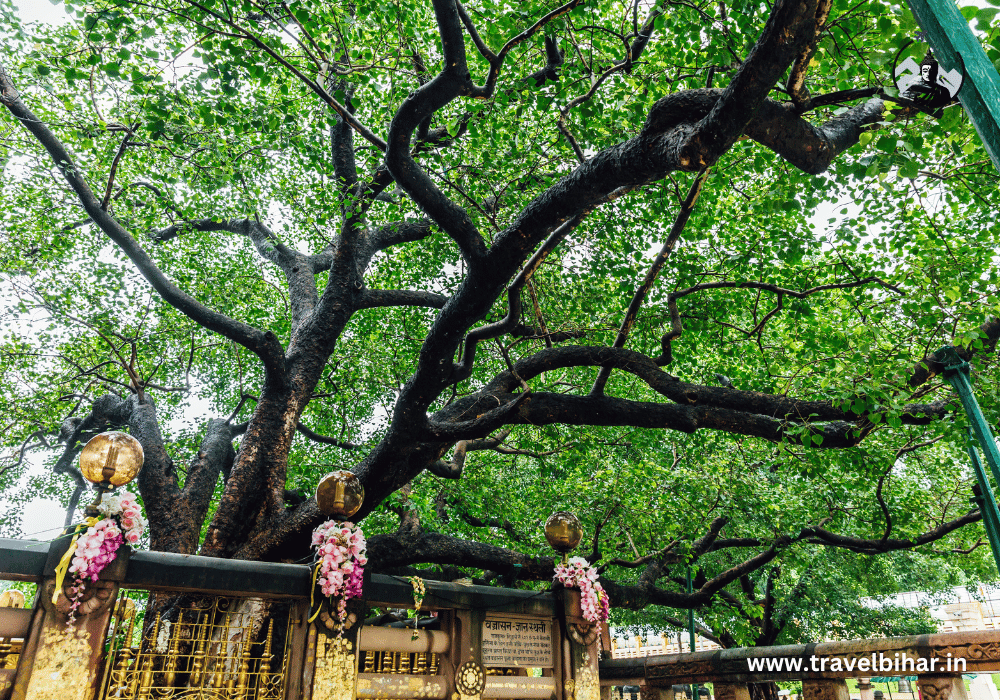
If you’re wondering what makes Bodh Gaya worth visiting, one of the most compelling answers lies beneath the shade of a single, ancient tree—the Bodhi Tree. This majestic tree is believed to be a descendant of the very tree under which Siddhartha Gautama, later known as Buddha, meditated and attained enlightenment over 2,500 years ago.
The significance of the Bodhi Tree goes beyond its age. It’s a living link to a profound moment in human history, where one man’s quest for truth and inner peace transformed the course of spirituality. Under this tree’s shelter, Buddha contemplated the nature of suffering and enlightenment, providing the world with the foundations of Buddhism.
Preserving this sacred tree is of utmost importance. It’s not just a symbol; it’s a witness to the birth of an enlightened philosophy. Through careful care and nurturing, the Bodhi Tree stands strong and vibrant, carrying on the legacy of wisdom and enlightenment. It has deep roots, both figuratively and practically.
So, when you visit Bodh Gaya, take a moment to sit in the presence of this remarkable tree. Feel the serenity and enlightenment that has drawn seekers from around the world for centuries. The Bodhi Tree’s existence is a living testament to the enduring power of Buddha’s teachings, and it’s a compelling reason why Bodh Gaya is worth visiting.
4. Charming Monasteries
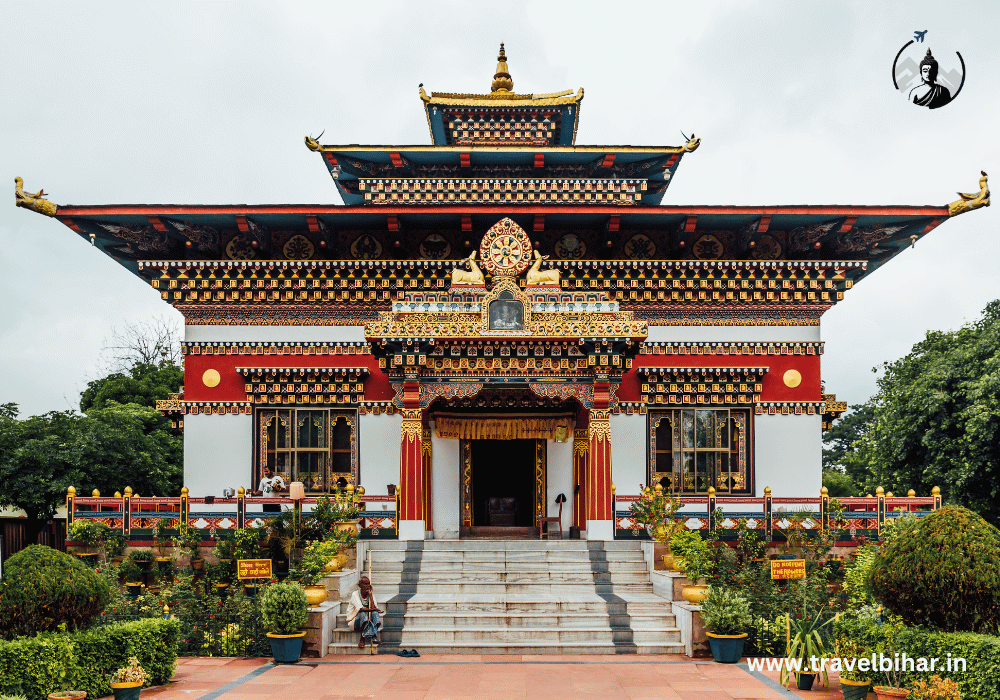
When you visit Bodh Gaya, you are in for a spiritual deal as this enthralling city is home to a multitude of fascinating monasteries that upload to its serene environment. These monasteries, each with its unique capabilities and contributions, make Bodh Gaya an excellent extra wonderful vacation spot for tourists.
Thai Monastery
The Thai Monastery, or Wat Thai Bodh Gaya, is a tranquil oasis nestled in the coronary heart of Bodh Gaya. As you step inside, you may be greeted via stunning Thai structure and plush gardens. The monastery is understood for its meditation facilities and an excellent 25-metre statue of the Buddha. It offers meditation and mindfulness packages that traffic can take part in to locate inner peace and enlightenment.
Japanese Monastery
The Japanese Monastery, called the Indosan Nippon Japanese Temple, is an image of cultural change. Its conventional Japanese structure, beautiful gardens, and serene atmosphere provide a peaceful retreat. The monastery houses a striking statue of Buddha and a library with valuable Buddhist texts. It also hosts normal meditation sessions and cultural activities.
Tibetan Monastery
The Tibetan Monastery, or Karma Temple, is a vibrant hub of Tibetan Buddhism. Adorned with colourful prayer flags and intricate paintings, it offers a real Tibetan revel in. Inside, you will find an astonishing statue of Lord Buddha in the coaching posture. The monastery conducts teachings, ceremonies, and cultural performances, giving site visitors a deeper perception into Tibetan tradition and Buddhism.
These monasteries play a pivotal role in preserving and sharing the lessons of Buddhism with traffic from around the arena. They provide a serene and contemplative surroundings, making Bodh Gaya a place of profound non secular importance. So, while planning your trip, do not omit those captivating monasteries – they are a testament to why Bodh Gaya is worth Visiting.
5. Sujata Village
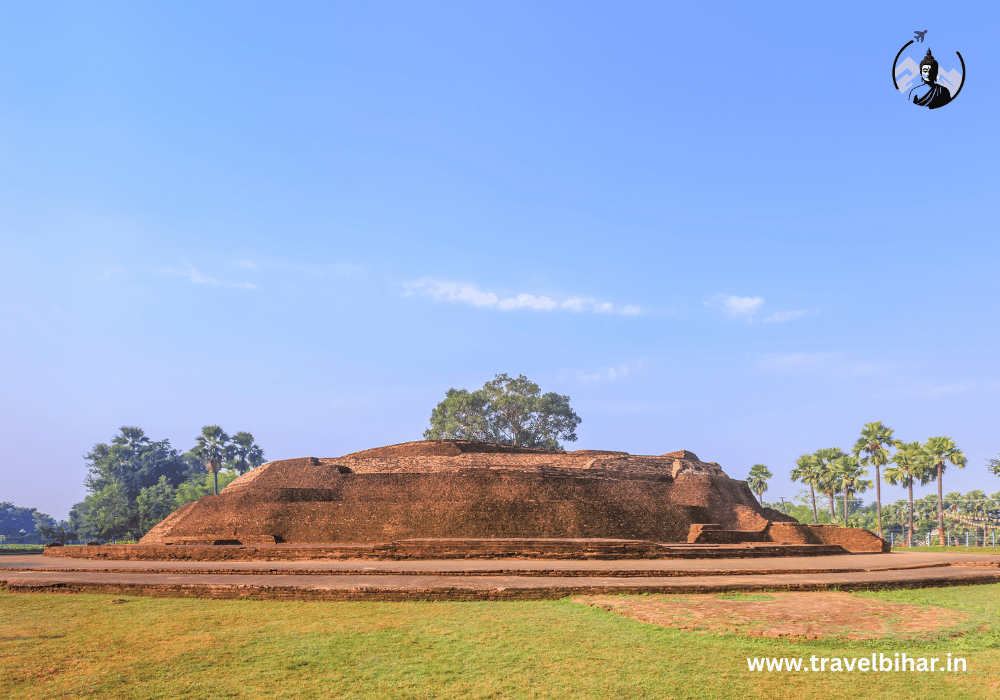
Sujata Village, a serene gem nestled near Bodh Gaya, holds a special place in the heart of Buddha’s journey to enlightenment. It’s a place where history and spirituality harmonise beautifully.
Sujata, a kind-hearted lady from the village, played a pivotal role in Buddha’s life. Her simple yet profound act of offering rice milk to a famished Siddhartha Gautama marked a significant turning point. This nourishment gave him the strength to continue his meditation under the Bodhi Tree, eventually leading to his enlightenment.
The village is a living testimony to this remarkable event. Today, you can visit the Animesh Lochan Chaitya, a sacred spot where Buddha gazed at the Bodhi Tree for a week without blinking. This momentous event showcases the village’s deep connection to Buddha’s spiritual journey.
Sujata Village is a place where time seems to stand still. The tranquil surroundings and the warm-hearted locals make you feel like you’ve stepped into a different era. As you wander through its quaint lanes, you’ll encounter stories that resonate with the essence of Bodh Gaya.
The significance of Sujata Village lies not only in its historical relevance but also in its ability to offer a peaceful and meditative atmosphere. It’s a reminder that in the hustle and bustle of modern life, we can find solace in simple acts of kindness and the serenity of places like Sujata Village.
In a world filled with chaos, Bodh Gaya and its neighbouring Sujata Village stand as a testament to the enduring legacy of compassion and spiritual enlightenment. Visiting these sacred places, you’ll realise that Bodh Gaya is worth visiting, not just for its historical importance but also for the peace and wisdom it imparts to all who tread its hallowed grounds.
6. Dungeshwari Caves
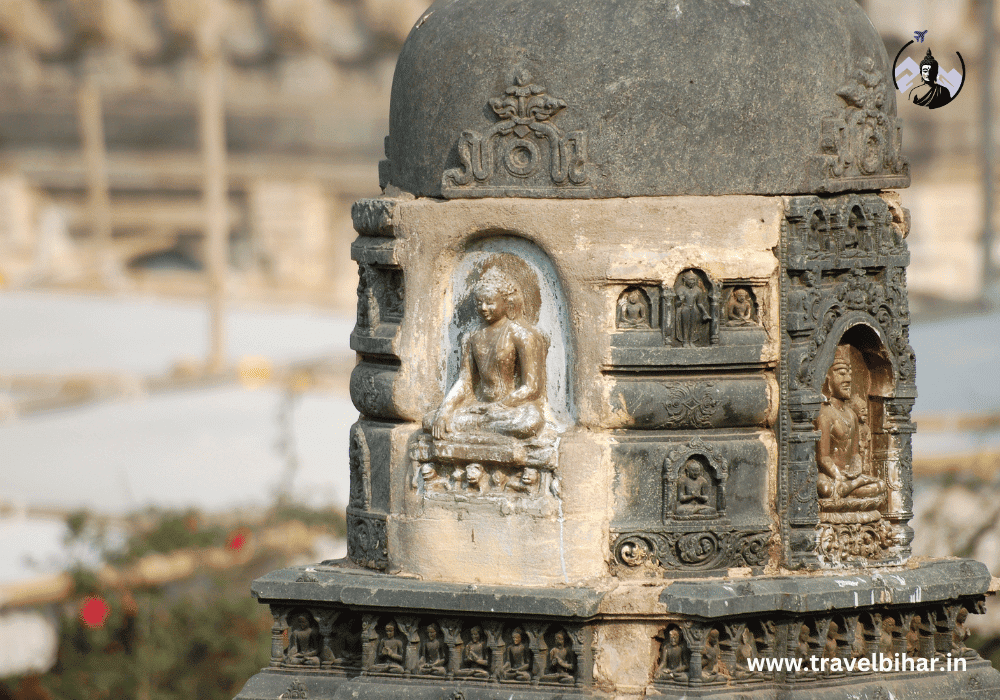
Hey there, fellow explorers! If you’re planning a visit to Bodh Gaya, the land of spiritual awakening, don’t miss the enchanting Dungeshwari Caves. These caves hold an incredible historical significance and an ambiance that can transport you back in time.
Nestled amidst the serene surroundings of Bodh Gaya, the Dungeshwari Caves, also known as the Mahakala Caves, are the very place where Buddha embarked on a profound journey of self-discovery. It was here that he meditated for six years, seeking the truth and enlightenment that would eventually lead him to become the Buddha we revere today.
As you step into these ancient caves, you’ll feel an incredible sense of tranquillity and spirituality in the air. The cave complex is not just a historical site; it’s a spiritual sanctuary where the walls seem to whisper the tales of Buddha’s deep meditation and his path to enlightenment. The ambiance is truly awe-inspiring, making it a must-visit for anyone seeking inner peace and enlightenment.
The historical relevance of the Dungeshwari Caves is profound. This is where Siddhartha Gautama, the future Buddha, renounced his princely life and embarked on his spiritual quest. The caves served as his refuge during his intense meditation, offering a glimpse into his unwavering determination and unwavering faith.
So, whether you are a history buff, a non secular seeker, or honestly a traveller curious about the roots of Buddhism, the Dungeshwari Caves in Bodh Gaya are worth a visit. The experience here isn’t always pretty much seeing historic caves; it is about feeling the essence of Buddha’s transformative adventure. Bodh Gaya is worth visiting, and the Dungeshwari Caves are a testament to the spiritual treasure it holds. Don’t miss out in this first-rate piece of history!
7. Bodh Gaya’s Multicultural Experience
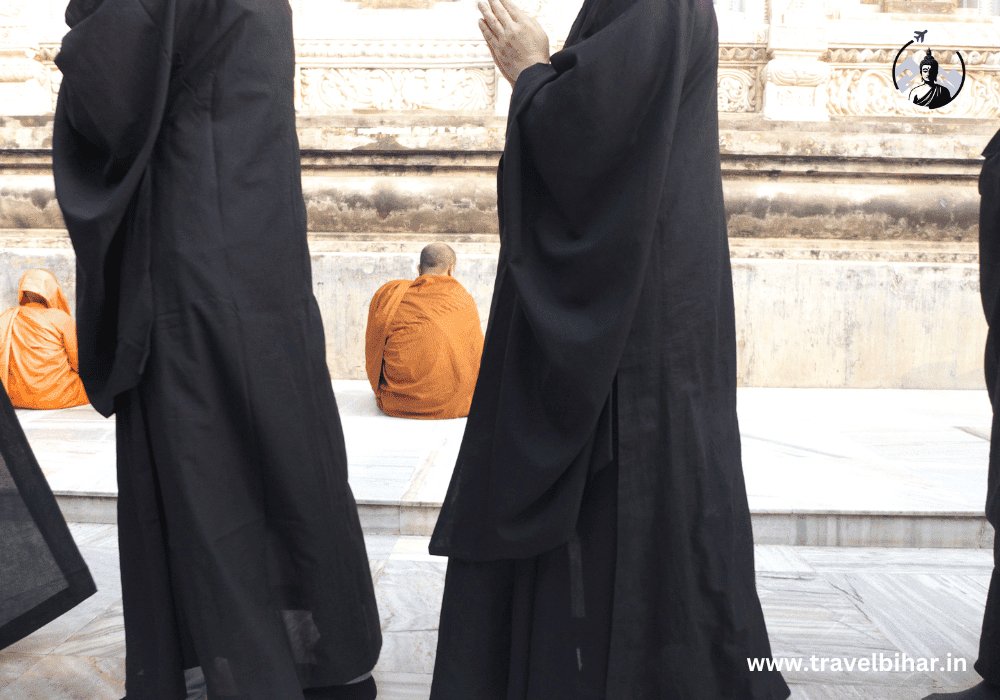
Bodh Gaya, often referred to as the spiritual heart of Buddhism, offers a multicultural experience like no other. This serene town in Bihar is a magnet for people from all corners of the globe, drawn by the profound spiritual energy and historical significance that emanates from its soil.
As you step into Bodh Gaya, you’ll be welcomed by a vibrant tapestry of cultures, languages, and traditions. Pilgrims from Thailand, Japan, Tibet, and many more places gather here, making it a global hub for spiritual seekers. You’ll find yourself sharing smiles and stories with fellow travellers from around the world, all seeking enlightenment in their own unique ways.
The town’s multicultural allure doesn’t just end with its diverse visitors; it’s woven into the very fabric of Bodh Gaya. The various monasteries representing different Buddhist traditions are a testament to this rich diversity. Whether you’re exploring the intricate architecture of the Thai Monastery or immersing yourself in the tranquil ambiance of the Japanese Monastery, you’ll experience a global fusion of cultures and beliefs.
At Bodh Gaya, you’ll encounter a beautiful mosaic of traditions, from prayer flags fluttering in the wind to the soothing chants of monks. The town’s multicultural charm will not only enlighten your soul but also broaden your understanding of the world’s spiritual tapestry.
So, if you are looking for a unique, multicultural experience in a place steeped in history and spirituality, Bodh Gaya is worth visiting. It is a welcome recognition of global diversity, a journey of self-discovery that unites spirits across borders. Come, be a part of this unique journey and witness the world coming to find its inner peace and light.
8. Local Cuisine and Markets

When you visit Bodh Gaya, you’re not just embarking on a spiritual journey, but a culinary one too. The local cuisine is a delightful mix of flavours that will leave your taste buds begging for more. To truly savour authentic tastes, make sure to try the local specialties. Start your day with a steaming bowl of “Litti Chokha,” a traditional dish made from roasted wheat balls served with mashed vegetables. For a sweet treat, “Khaja” is a must-try – a flaky, sugar-coated dessert that’s simply divine.
As for eateries, don’t mis Local Restaurant for a wide range of Indian and international dishes.And some restaurants offer delectable vegan and vegetarian options, perfect for those with dietary preferences. If you’re in the mood for a cosy café experience, “Mekong Café” serves up excellent coffee and light bites.
Now, let’s talk about the vibrant markets. Bodh Gaya is not just about spirituality; it’s also a shopper’s paradise. The Tibetan Refugee Market is a treasure trove of handicrafts, jewellery, and traditional Tibetan artefacts. You can pick up beautiful thangka paintings and prayer flags, adding a touch of serenity to your home. For souvenirs, the Bodh Gaya Craft Hut offers an array of trinkets and mementos that capture the essence of this sacred place.
In conclusion, Bodh Gaya is worth visiting not just for its spiritual significance but also for its delightful culinary offerings and the opportunity to explore vibrant markets. So, when you plan your trip, make sure to indulge in the local flavours and bring back a piece of Bodh Gaya with you as a cherished memory.
9. Festivals and Celebrations
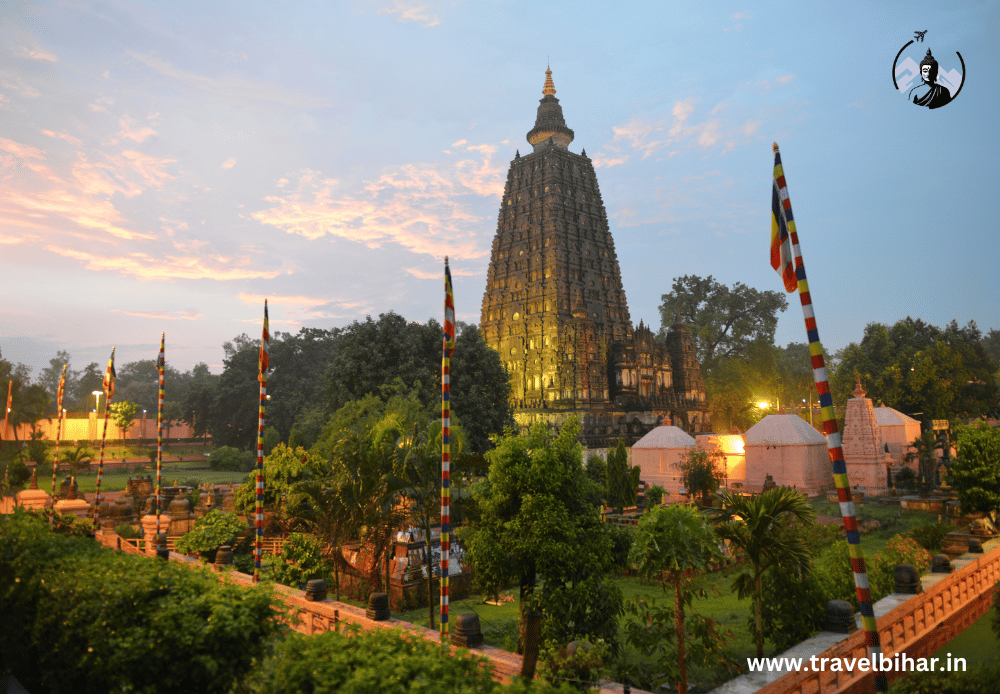
Bodh Gaya is worth Visiting for many reasons, and one of the most captivating aspects is its vibrant and spiritually enriching festivals. Two of the most significant celebrations in this sacred town are Buddha Purnima and Nyingma Monlam Chenmo. Let’s dive into the heartwarming cultural tapestry of these festivals.
Buddha Purnima: This joyous festival marks the birth, enlightenment, and death of Lord Buddha. Held in April or May, it’s a time when Bodh Gaya comes alive with spiritual fervour. Pilgrims and devotees from across the globe gather at the Mahabodhi Temple, where a grand procession takes place, and the Bodhi Tree is beautifully decorated with colourful flags and flowers. Chanting, prayer flags, and the sound of monks’ drums fill the air, creating an atmosphere of pure serenity. Lighting lamps and offering prayers, locals and visitors alike celebrate the teachings of peace and enlightenment that Buddha shared with the world.
Nyingma Monlam Chenmo:This Tibetan Buddhist festival, also known as the Great Prayer Festival, takes place in December or January. It’s a time for profound prayers, meditation, and spiritual reflection. Monks and nuns congregate at the Nyingma Monastery to offer prayers for world peace and the well-being of all sentient beings. The highlight is the mesmerising Mask Dance, where the monks perform traditional dances in intricate masks and costumes, symbolising the triumph of good over evil. Visitors are welcome to join the festival, and the experience is nothing short of mesmerising.
In Bodh Gaya, festivals aren’t just celebrations; they are glimpses into the rich spiritual tapestry of Buddhism and Tibetan culture. These events offer visitors a chance to immerse themselves in the divine aura that makes Bodh Gaya worth visiting. So, if you’re seeking a journey that combines cultural exploration and spiritual awakening, don’t miss these festivals in this extraordinary town.
10. Practical Tips for Visitors

Visiting the spiritual oasis of Bodh Gaya is an enriching experience. To make your journey here a breeze, we’ve compiled some practical tips to ensure your trip is memorable and hassle-free.
Getting There: The closest major city is Patna, and you can reach BodhGaya by air, rail, or road. The Gaya Airport is the most convenient option, followed by the Gaya Junction railway station. From Patna, you can also hire a taxi or take a bus to reach Bodh Gaya.
Accommodation: Bodh Gaya offers a range of accommodation options to suit all budgets. From cosy guest houses to comfortable hotels, you’ll find a place that meets your needs. Some even offer peaceful garden views, creating a serene backdrop for your stay.
Getting Around: Once in Bodh Gaya, the town is compact and walkable, making it easy to explore on foot. Cycle rickshaws and auto-rickshaws are readily available for short rides. Don’t forget to wear comfortable shoes, as you’ll be doing a lot of walking.
Best Time to Visit: The ideal time to explore Bodh Gaya is during the cooler months, from October to March. The weather is pleasant, and you can immerse yourself in the spiritual atmosphere without the scorching heat.
Entry Fees and Permits: To visit the Mahabodhi Temple Complex, a UNESCO World Heritage Site, you may need to pay a nominal entry fee. However, many other monasteries and sites are free to enter. For foreigners, it’s advisable to check visa requirements and permits for a smooth entry into Bodh Gaya.
Remember, Bodh Gaya is worth journeying for its historical and religious significance. So, % your bags include the tranquil vibes, and get equipped for a meaningful journey. It’s an area in which you may discover enlightenment and inner peace whilst exploring the rich Buddhist history.
Conclusion
In this journey through Bodh Gaya, we’ve uncovered a world steeped in spirituality, history, and culture. Bodh Gaya stands as the very spot where Buddha’s enlightenment bloomed, and it’s not just a destination; it’s a transformative experience.
The Mahabodhi Temple and the Bodhi Tree form the heart of this place, where countless pilgrims find solace and inner peace. The charming monasteries and the Dungeshwari Caves add layers of mystique to this spiritual haven. Bodh Gaya’s multicultural appeal makes it a unique melting pot of diverse traditions and beliefs.
But beyond the spirituality, you’ll be captivated by the local cuisine, vibrant markets, and the warmth of the people. It’s an immersive cultural journey like no other.
So, in conclusion, Bodh Gaya is worth visiting. It’s an invitation to connect with your inner self and immerse in the rich tapestry of history and spirituality. Whether you’re a seeker or just a curious traveler, plan your visit to Bodh Gaya, and let this sacred land leave an indelible mark on your soul. It is an event that you will not wish to overlook.

